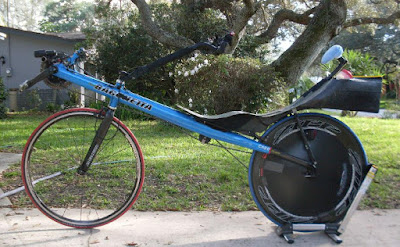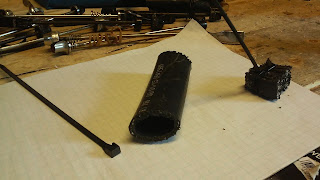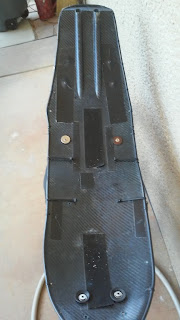Ranked in priority:
- Wife
- Family
- Work
- Political Activity (Trump is a threat to all that the U.S. Constitution stands for)
- Cycling
Living up here in the Arizona mountains and having nothing remotely resembling level ground makes training ... complicated. I don't like even the `idea' of driving tens of miles to find terrain that is warmer, flatter and drier.
An hour and a half away (and 4,000 feet lower, and 20F degrees warmer) means I have a 3 hour commute. Vulture Mine Road Vulture Mine Road is an excellent training course for several reasons: good road, almost no traffic, a mix of level and hills, no ice or snow. But it ... is 3 hours away.
Nearby (literally right outside my door) is some of the most challenging terrain I know of. Prescott High Country Again, the roads are smooth, traffic is minimal, most drivers are regulars (I often get a `wave' as they go by). But the altitude makes for ice and snow. And a climbing experience requiring preparation and serious consideration.
Over the past few weeks I've focused on a `high country' course with good road, wide shoulders and minimal traffic. But it is a `killer': Prescott - Kirkland Junction - Out and Back The return leg is 25 miles and 3,400 feet of climbing, getting steeper (7 - 11% grades) as you reach the top end of the course. I have to dress for freezing wind chill (descending into 35F at up to 50 mph for 13 miles), `warmer' low country, and sweaty climbs back up.
But it is GREAT training.














































